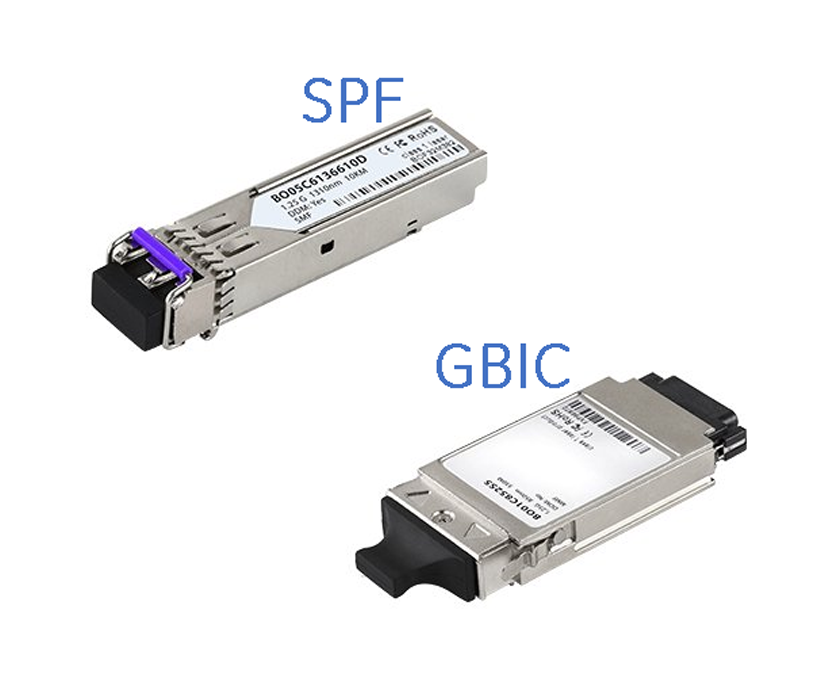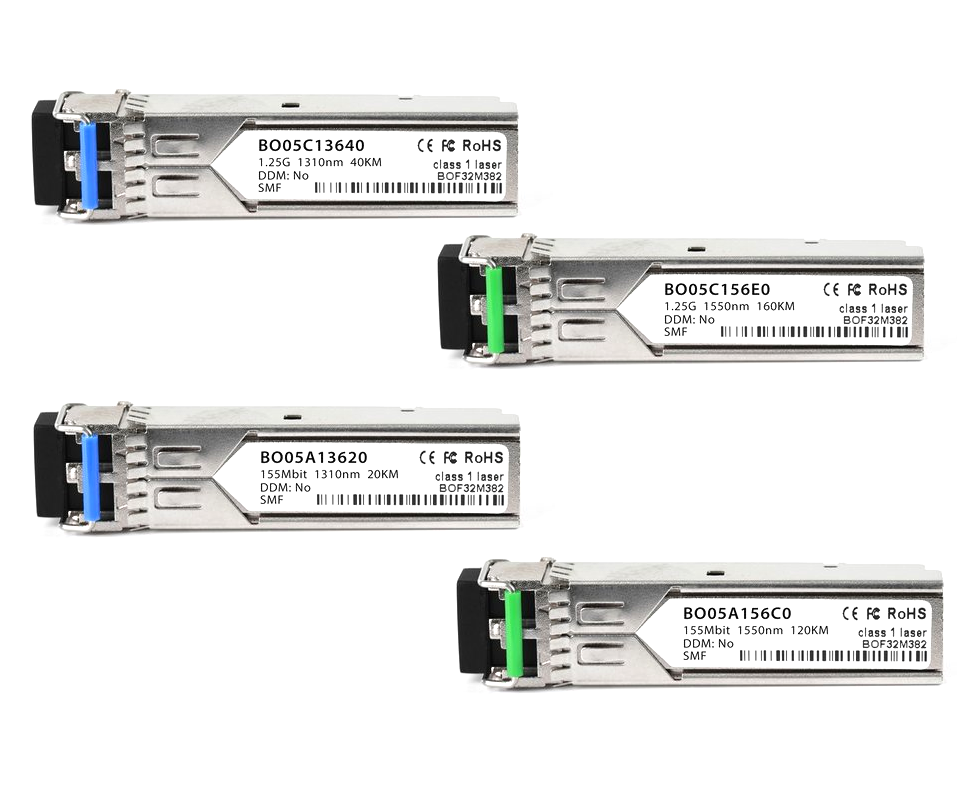The electrical circuitry of the SFP transceiver modules is connected to copper or optical network. This type of transceivers is widely used for both data communications and telecommunication applications. Any official standards organization does not regularize the fiber optic SFP. The construction and specifications of this form-factor are specified by an MSA (multisource agreement) between competing manufacturers. SFP transceivers are readily available in a diverse range of options.

Advantages of SFP Transceivers
SFP Transceiver Module can be considered as the improved version of GBIC, and it is also called mini-GBIC. However, it allows better port density as its physical attributes are much compact than the GBIC. These transceivers are designed to offer data rates of up to 5 gigabits per second and even higher. With SFP transceiver, the up-gradation and maintenance of fiber optic network become more convenient than it has been with soldered-in modules. A single module SFP module can be replaced or repaired easily as it is hot-pluggable, and you won’t need to replace the entire board with multiple modules on it. This benefit can bring significant savings in terms of both; up-gradation and maintenance. The SFP form-factor is designed to support Fiber Channel, Gigabit Ethernet, SONET, and various other communication standards. Today`s SFP transceivers come with DDM and DOM functions. These functions offer real-time monitoring of various important networking parameters such as optical input and output power, laser-bias current, temperature, and transceiver supply voltage.
Availability in Various Types and Capacities
The availability of fiber-optic SFP in a broad range of types allows users to choose the best suitable transceiver according to their existing network requirements. Different types of SFP transceivers are available to operate over different wavelengths. Moreover, you can also choose an SFP transceiver based on the required link distance, please check the following summary:
- Transmission rates: 100 Mbps to 4 Gbps
- Possible Wavelengths: 850 nm, 1310nm, 1550ns, CWDM
- Working Distance: 500 meters to 100 kilometers

What is Bending Radii or Bend Radius?
It is essential to understand that the Copper SFP transceivers offer communication between optical fiber compatible host devices over twisted pair networking cables.
- SFP Duplex
- SFP Bidi
- SFP Copper
- SFP CWDM
- SFP CWDM-Bidi
- SFP DWDM
- SFP PON
SFP Applications
Fiber optic SFP transceivers provide interference between network devices such as media converters, routers, switches, and a copper or fiber optic networking cable. These transceivers are designed to support a broad range of networking and communications standards. SFP transceivers allow the transmission of gigabit ethernet and fast ethernet LAN packets over WANs. Besides this, the transmission of E1/T1 streams is also possible over packet-switched networks with SFP transceivers
 English
English
 Deutsch
Deutsch
 Espaniol
Espaniol










